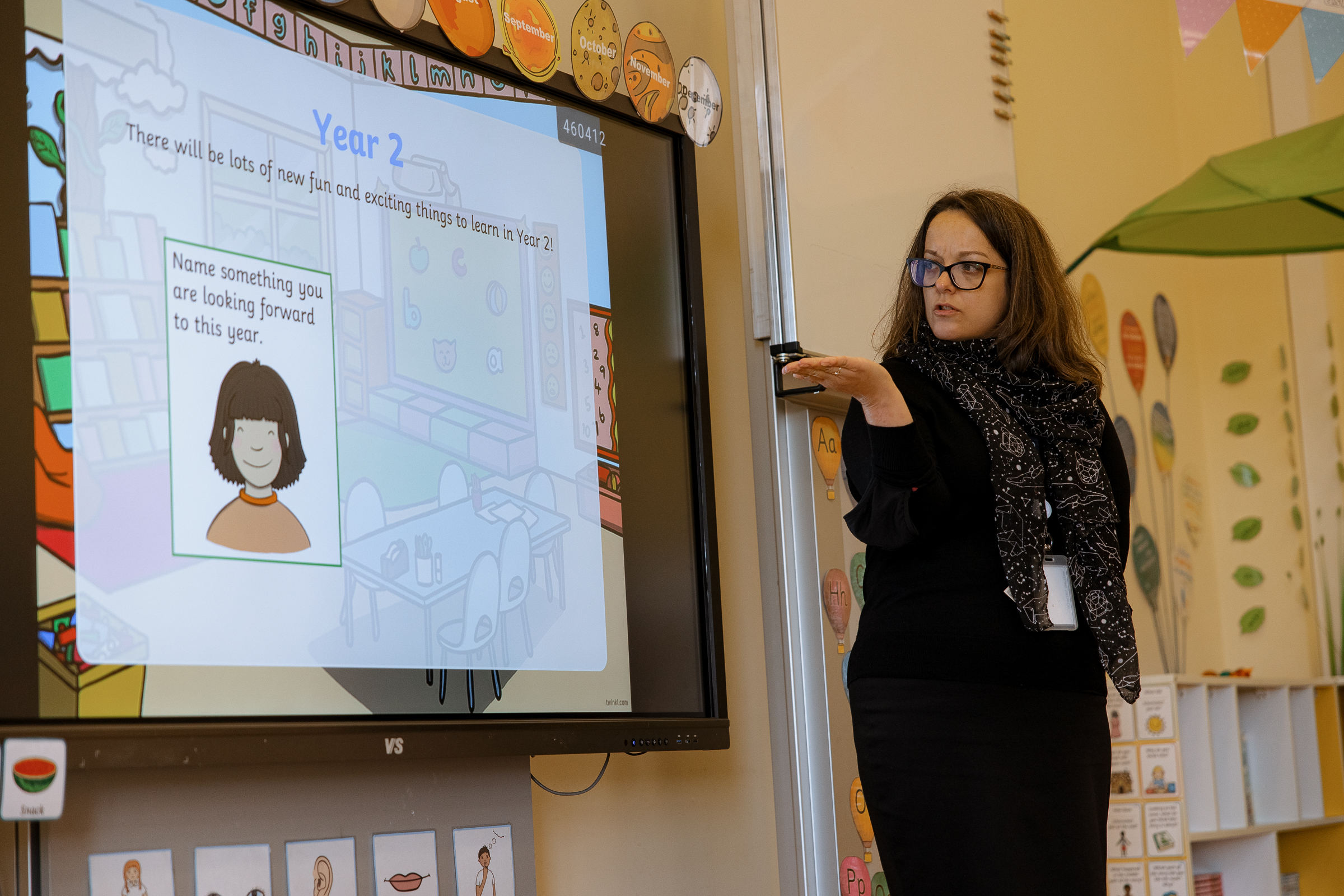Education Without Grades: How Formative Assessment Improves Outcomes

Introduction: Why grades don't always work
The traditional education system based on numerical or letter grades has been the standard for decades. However, more and more educators, psychologists, and researchers are asking themselves: do grades really help students learn? For many students, grades are not a motivating factor, but a source of stress, fear of mistakes, or even indifference to the learning process.
Formative assessment (or assessment for learning) offers an alternative approach, where the focus shifts from the final grade to the process of developing knowledge and skills. In this article, we will examine how formative assessment works, why it is effective, and how it changes the educational process for the better.
What is formative assessment?
Formative assessment is a process in which teachers and students use feedback to improve learning. Instead of giving a final grade for a test or project, the teacher provides detailed comments, points out the strengths of the work, and gives recommendations for improvement. The main principles of formative assessment are:
- Feedback instead of grades. Students receive specific advice on how to improve their performance, rather than just a number or letter.
- Active student participation. Students are involved in the process of self-assessment and reflection, which helps them better understand their goals.
- Flexibility. Formative assessment is ongoing, allowing for real-time adjustments to the learning approach.
- Focus on the process. The main thing is not the final result, but progress and skill development.
This approach contrasts with summative assessment (e.g., exams, tests), where the goal is to measure the level of knowledge at a given moment.
Why is formative assessment effective?
1. Reduced stress and increased motivation
Grades often create pressure, especially for students who fear failure. Research shows that the fear of getting a bad grade can stifle the desire to experiment and learn from mistakes. Formative assessment removes this barrier: instead of being punished for mistakes, students receive support and guidance. This creates a safe environment where they can take risks, try new things, and learn without fear.
Example: In one Finnish school that actively uses formative assessment, students receive “progress cards” with comments from teachers instead of grades. Research has shown that 78% of students became more confident in their abilities and showed more interest in learning.
2. Personalization of learning
Every student is unique, and standard tests do not always take individual characteristics into account. Formative assessment allows the learning process to be adapted to the needs of each student. Teachers can identify which topics are causing difficulties and offer additional materials or alternative assignments.
For example, if a student struggles with written assignments, the teacher can suggest that they record their answer in audio format or create a presentation. This approach helps to unlock the potential of even those who are not succeeding in the traditional system.
3. Development of self-assessment and reflection skills
Formative assessment teaches children to analyze their work and set goals. Students learn to ask themselves questions such as, “What did I do well? What can I improve? What steps can I take?” These critical thinking and self-regulation skills are useful not only in school but also in life.
4. Improving academic performance
A meta-analysis by John Hattie, a renowned researcher in the field of education, showed that formative assessment has one of the highest effects on academic performance (impact factor 0.9). This means that students who receive regular, high-quality feedback learn significantly better than those who focus solely on grades.
Problems and criticism
Formative assessment is not without its drawbacks. Some teachers complain that it requires more time to prepare and analyze work. Parents may be dissatisfied with the lack of traditional grades, especially if their children are preparing for exams. In addition, in some countries, educational standards require final grades, which complicates the complete transition to the new system.
Nevertheless, many schools find a compromise by combining formative and summative assessment. For example, grades are only given for key tests, while feedback is used in everyday practice.
Conclusion: Education for the future
Formative assessment is not just a passing trend. In a world where adaptability, critical thinking, and the ability to learn from mistakes are important, traditional assessments often prove outdated. By shifting the focus from grades to the learning process, we help children not only learn better, but also become confident, independent, and motivated. Perhaps this approach will become the foundation of schools of the future.



